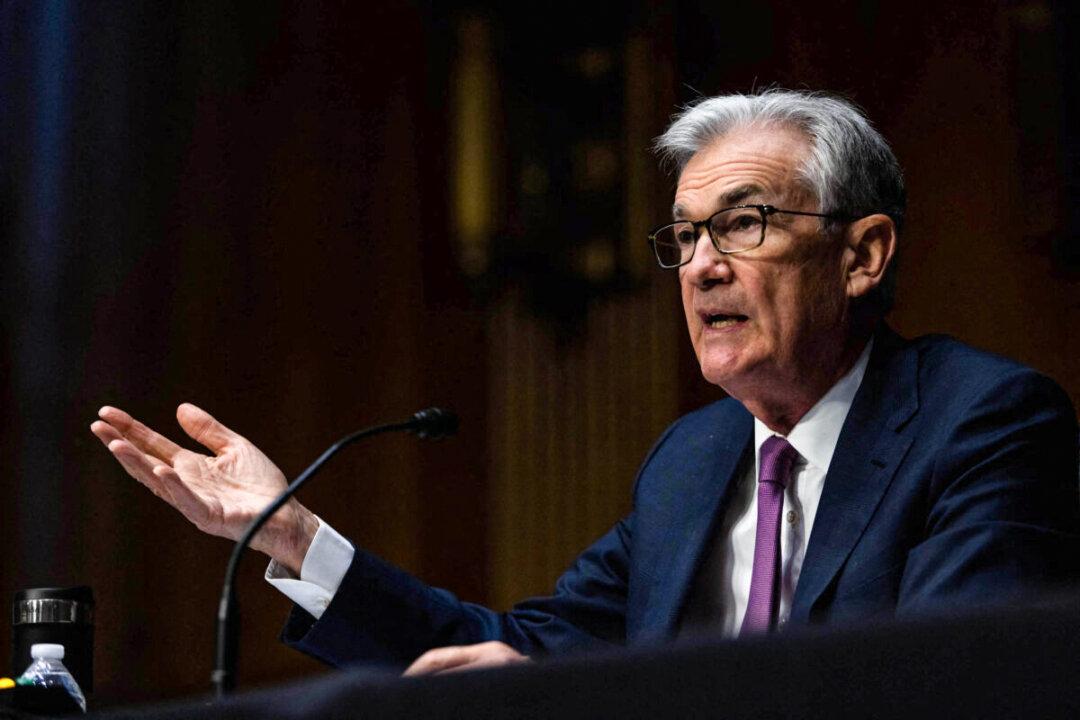The Federal Reserve signaled on Jan. 26 that it will likely raise U.S. interest rates in March for the first time in more than three years in an effort to tighten monetary policy.
The Fed’s rate-setting Federal Open Market Committee (FOMC) had been deliberating on how to refocus the Fed’s monetary policies in a two-day policy meeting.





